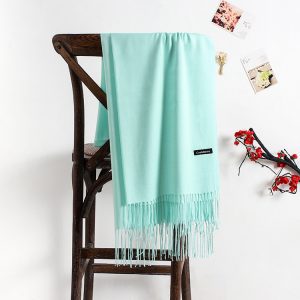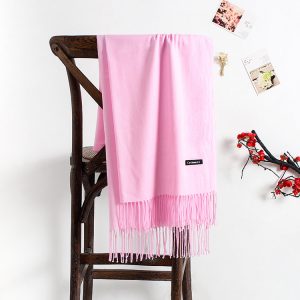As the saying goes: do one line, love one line. I personally understand this love, but it is actually going to go deeper. As far as the wholesale of scarves is concerned, the mainland market is getting hotter. To do a good job in the wholesale of scarves, you must have a deep knowledge of scarf fabrics.
Knitted fabric: a fabric formed by one or a group of yarns forming loops according to a certain rule and connecting the loops in series. The characteristics are: full of elasticity, soft hand-feel on the cloth surface, and comfortable upper body.
Woven fabric: a fabric woven by two sets of warp and weft yarns. The characteristics are: stable structure, no elasticity (except for the fabric with elastic fiber), and the cloth surface is flat.
Non-woven fabric: also known as non-woven fabric, is a fabric formed by mechanical processing of a random fiber web.
Fabrics can be divided into textile raw materials:
Natural fiber fabric: refers to the fiber material that exists and grows in nature and has textile value and can be directly used for textile. It is mainly based on plant fiber and animal fiber, divided into four categories: cotton, hemp, silk and wool.
Chemical fiber fabric: refers to the general term for fibers made by chemical and physical processing using natural or synthetic polymer compounds as raw materials. Due to the different sources of the polymer compounds used, they can be divided into two types: artificial fibers and synthetic fibers. Artificial fibers are made of natural polymer compounds, such as viscose fiber, cupra, acetate fiber, etc.; synthetic fibers are made of synthetic polymer compounds, such as cotton, polyester, and acrylic.
Blended fabric: refers to a fabric made by blending two or more fibers. Its strength is that it embodies the advantages of various fibers in the raw material, improves the practicability of the fabric, and complements each other’s advantages.








